Take a look at the side-by-side above. Which woman do you find more attractive?
They are both photos of Erin Moriarty, an actress on Amazon Prime’s The Boys. The comparison went viral this week for obvious reasons. The first photo appears to be from 2016. The second photo was posted on Moriarty’s Instagram a few days ago. She is twenty-nine years old in the second photo — the same age as I am.
Most people would say that the woman on the left is objectively more attractive. She looks healthier, for one, but more importantly, she looks human. Faces are not supposed to be perfectly symmetrical. In the photo on the right, Moriarty looks uncanny. Even if you didn’t have the photo on the left as a reference point, you’d know that something was “off.” Another issue is that the image on the right has maximized what we generally consider to be “attractive” features — high cheekbones, a sharp jawline, big eyes lifted on the outer corner, full, pouty lips and a slim nose. When taken to their extreme and put together on one face, the effect is quite displeasing to the eye.
Even though probably 99 percent of people would agree Moriarty looked better before having work done — in this case, I think she’s had buccal fat removal (the cosmetic surgery du jour), an upper and lower bleph, lip injections, a rhinoplasty and probably some other procedures — she spent tens, if not hundreds, of thousands of dollars to look like the photo on the right. Why?
For young women in the entertainment industry, plastic surgery and other cosmetic procedures have become the norm rather than the exception. It was recently pointed out to me that celebrities change their hair color or style quite drastically when they’ve had work done so that our eyes are drawn elsewhere. Many celebs have gotten away with subtle, gradual changes — some filler here, a couple of units of Botox there — like Taylor Swift. Just look at photos of Swift in her debut era versus now. If you don’t believe me and think hooded eyes just naturally disappear as you age, I’ve got some ocean -front property in Arizona to sell you. Plenty of others have fallen into the Madonna trap — Ariana Grande is a good example of this. She looks like a completely different person in her newest music video. Kylie Jenner is another; her Instagram selfies don’t match up with how she looks in public because her face only looks good from certain angles.
Please know I am not criticizing these women to be mean, but because I think this is an important conversation. Being a celebrity comes with a lot of scrutiny about your appearance, and there are more opportunities for people who are attractive, so I don’t think it is surprising that these women might gravitate toward surgical enhancements. It is also the case that the entertainment industry prioritizes women of a certain age, so there is an added incentive to remain looking young for as long as possible. When your peers are all getting work done, it becomes normalized and can seem like no big deal to get a nip or tuck. There’s also an element of “keeping up with the Joneses.” If all of your friends are looking young and refreshed as you develop wrinkles, eye bags, jowls and smile lines, you might feel you need to follow suit in order to remain competitive in the industry.
It is sad, though, to see the cases where these procedures have gone too far and ruined the faces of already beautiful women. Even more unfortunately, Hollywood’s obsession with remaining beautiful forever is being outsourced to the rest of society.
Cameras distort images. Remember the old saying, “the camera adds ten pounds?” It’s true, and sometimes it can add even more. Lenses and lighting make a huge difference in how our faces and bodies look in a photograph and we can present very differently on camera from how we see ourselves in a mirror or how others see us in person. Being constantly photographed or on camera is no longer relegated to movie stars and the like. Thanks to camera phones, social media and remote work, we are all constantly seeing ourselves on screen. Filters play on these insecurities by showing us “better” versions of ourselves; brighter smiles, sparkling eyes, smoother skin. We’re doing huge damage to our self-esteem on a daily basis.
Anecdotally, I’ve noticed more women my age and younger are getting Botox and fillers. Friends have described it to me as “preventative,” noting that it is easier to prevent wrinkles from forming in the first place than to knock them out later. Several people recommended starting Botox before my wedding because I have been developing some fine lines on my forehead. I did a lot of research and have read some horror stories about people who have suffered partial facial paralysis and other serious side effects from injecting their face with toxins. I am now convinced that Botox is not as “safe” and “routine” as the MedSpas (who make tons of money on lifelong customers) would have you believe. It should also be a warning sign to us that even the wealthiest people in the world who have access to the best injectors occasionally get botched. There’s also an addictive element to cosmetic procedures, much like tattoos, that makes it easy to go too far.
There are other good reasons to avoid Botox and fillers. Botox limits the use of facial muscles, which play a huge role in how we convey emotion to others. This seems a problem, by the way, for actors and broadcasters that need a full range of facial motion to do their jobs. I was watching Tulsa King last week, and the show features several older actresses. It was very noticeable and distracting how little their faces moved, even during emotionally intense scenes. Studies have also shown that how our face moves in response to external stimuli also affects our own emotional responses. Your brain processes emotions, in part, based on feedback it gets from muscle activity in the face. If you can no longer grin with wide eyes and raised eyebrows, your brain might not register what should be a “very happy” moment as “very happy.”
If you are a mother, how would an inability to emote affect your relationship with your children? A bond between mother and baby can especially be negatively impacted by stiff facial muscles.
“(Botox) likely does limit and distort parent-infant communication, possibly making the parent look ‘flat’ emotionally,” Dr. Ed Tronick, associate professor of pediatrics and psychiatry at the University of Massachusetts, told CNN over a decade ago. “Facial expressions for parents and young children are really critical ways in which we communicate our intentions or whether we’re angry or sad, and that involves this very complex array of all the muscles that go into making facial expressions. So if you limit that range of expression, especially with very young children who are really attuned to reading facial expressions, then you limit the amount of information, the amount of emotion that you communicate using a facial expression.”
It’s quite scary to think that a child might not get the joy, love, happiness that we share on our faces because of our own selfish desire to put off aging.
Relatedly, we should think about the way our actions impact the next generation. If the “Sephora Kids” trend is any clue, Generations Z and Alpha are already internalizing our aversion to aging and our obsession with looking perfect. Makeup retailers are being swarmed with girls under the age of thirteen looking for expensive makeup and skincare products that are created with adults in mind. Long gone are the days when glittery Lip Smackers and brightly-hued Wet N’ Wild eyeshadows were the teen girl’s holy grail. Now, tweens want a full face of luxury makeup and a ten-step skincare routine filled with active ingredients that are too harsh for young skin, like Retinol, Vitamin C and exfoliants. Apparently, parents are giving in to their little girls rather than steering them toward more developmentally appropriate hobbies.
The proliferation of cosmetic procedures raises a lot of questions about how our society views aging and mortality. Are humans, especially women, scared to age, and why? Influencer culture has certainly made beauty (and vanity) a more compelling and seemingly valuable part of female existence. Women are also getting married and having kids later in life so they may feel they need to retain their youthful beauty longer in order to find a lifelong partner. I would posit that as our culture becomes less religious, aging and our inevitable death become something to fear rather than accept and embrace.
Ironically, in our quest to make ourselves forever young and beautiful, we may end up looking older and uglier. Fighting against nature is ultimately a futile exercise.



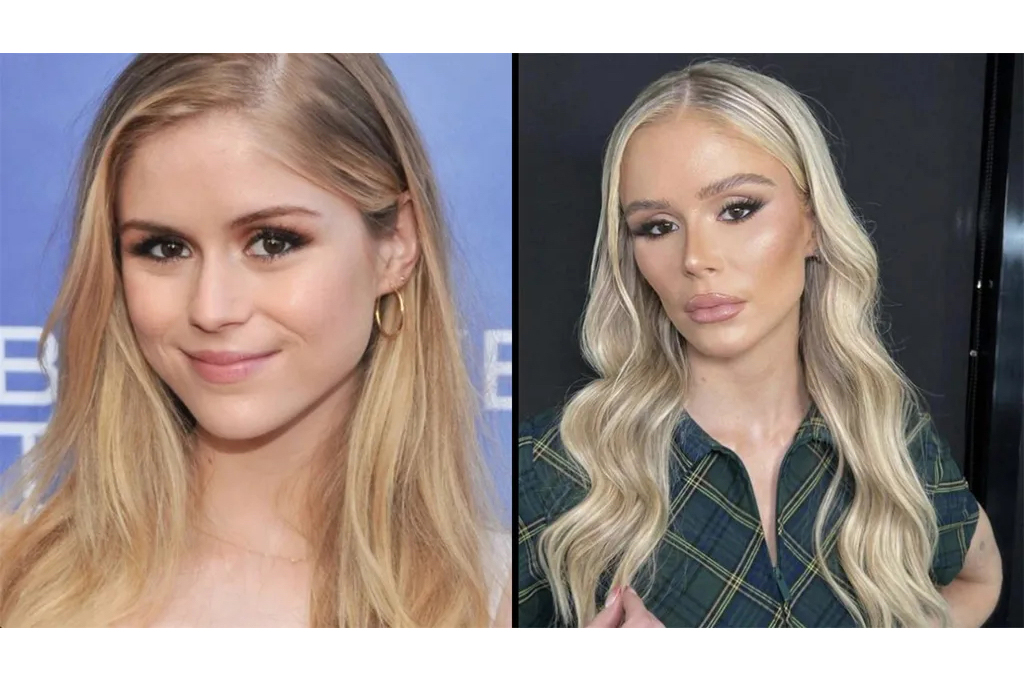






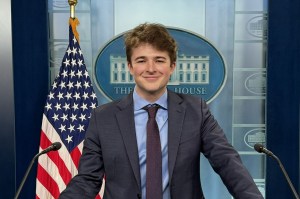
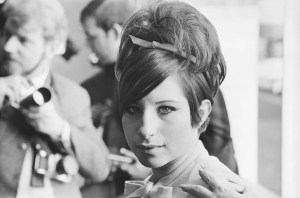

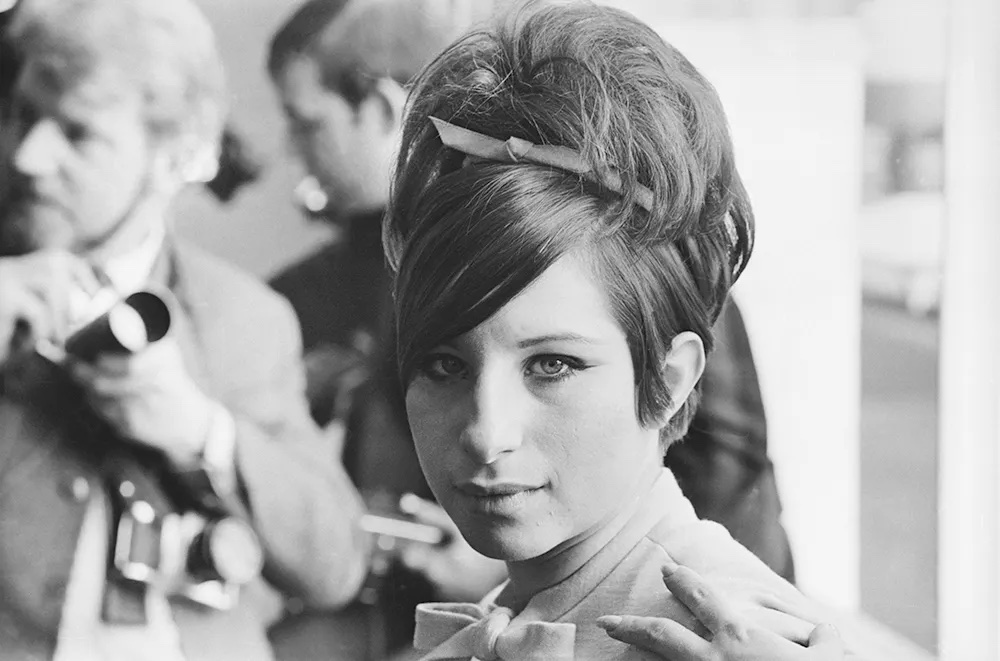

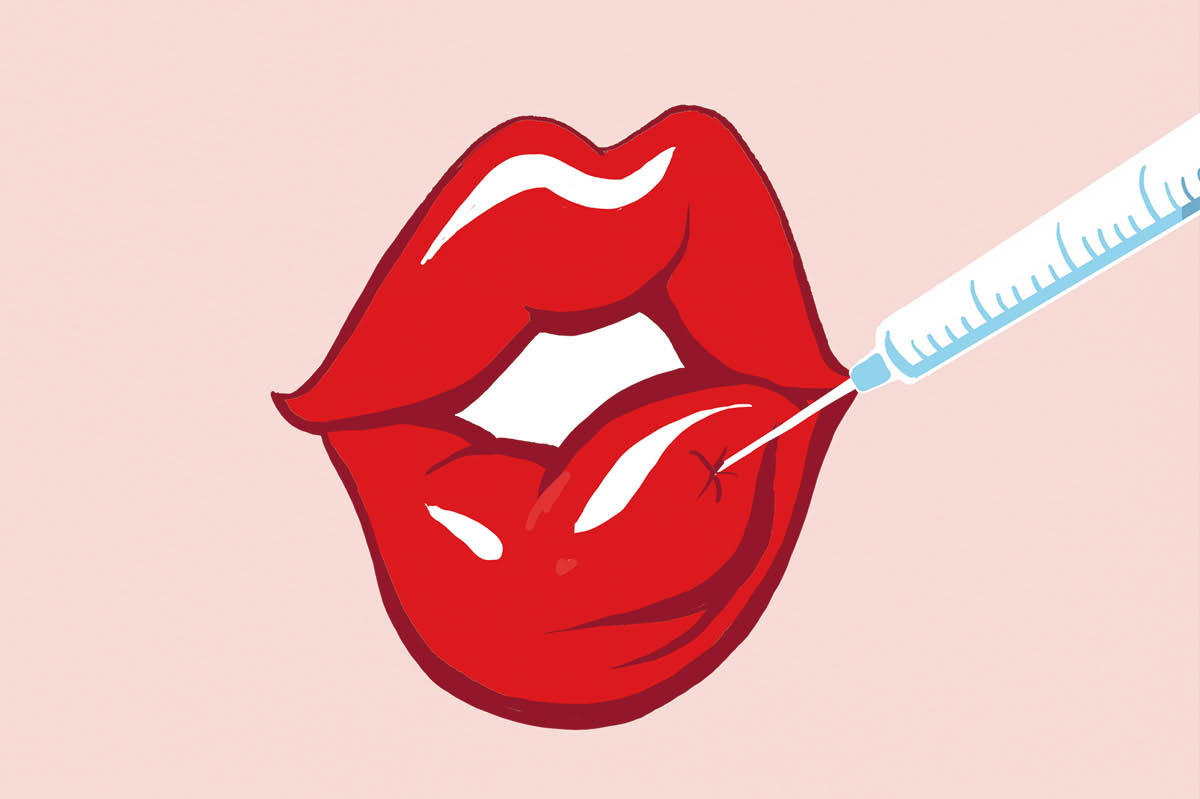
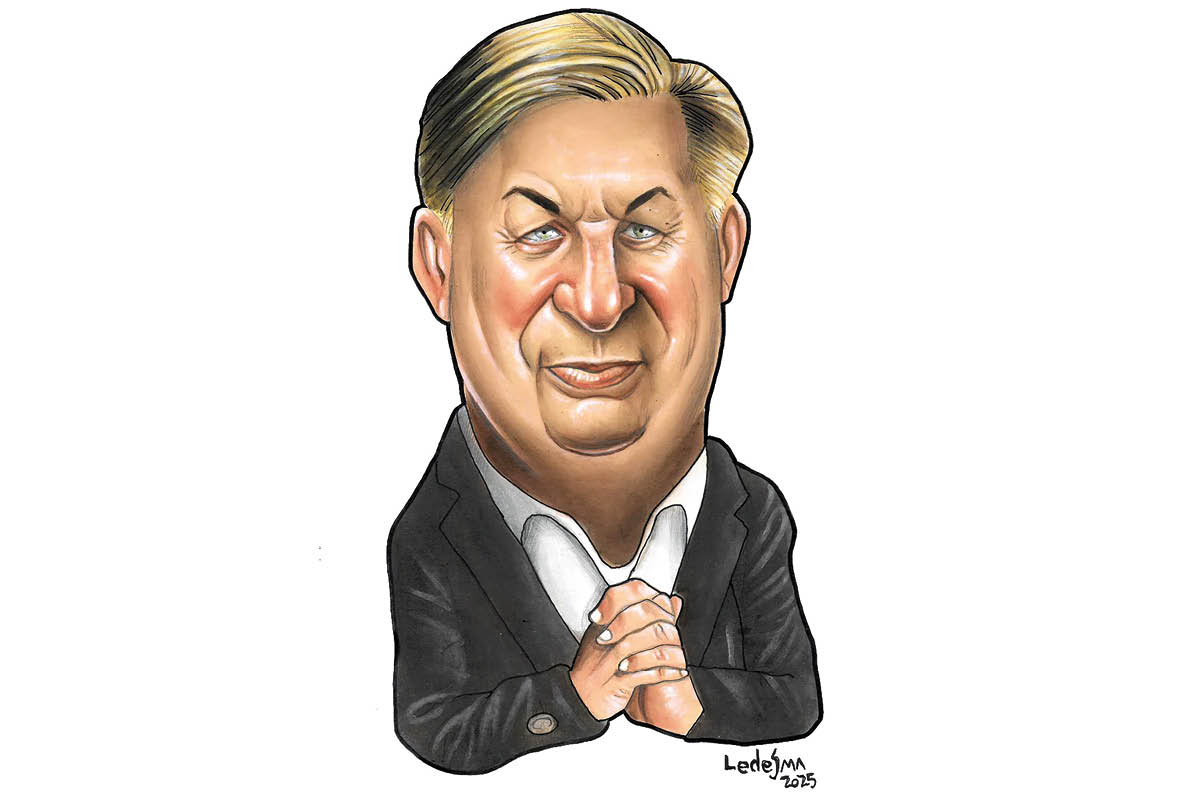
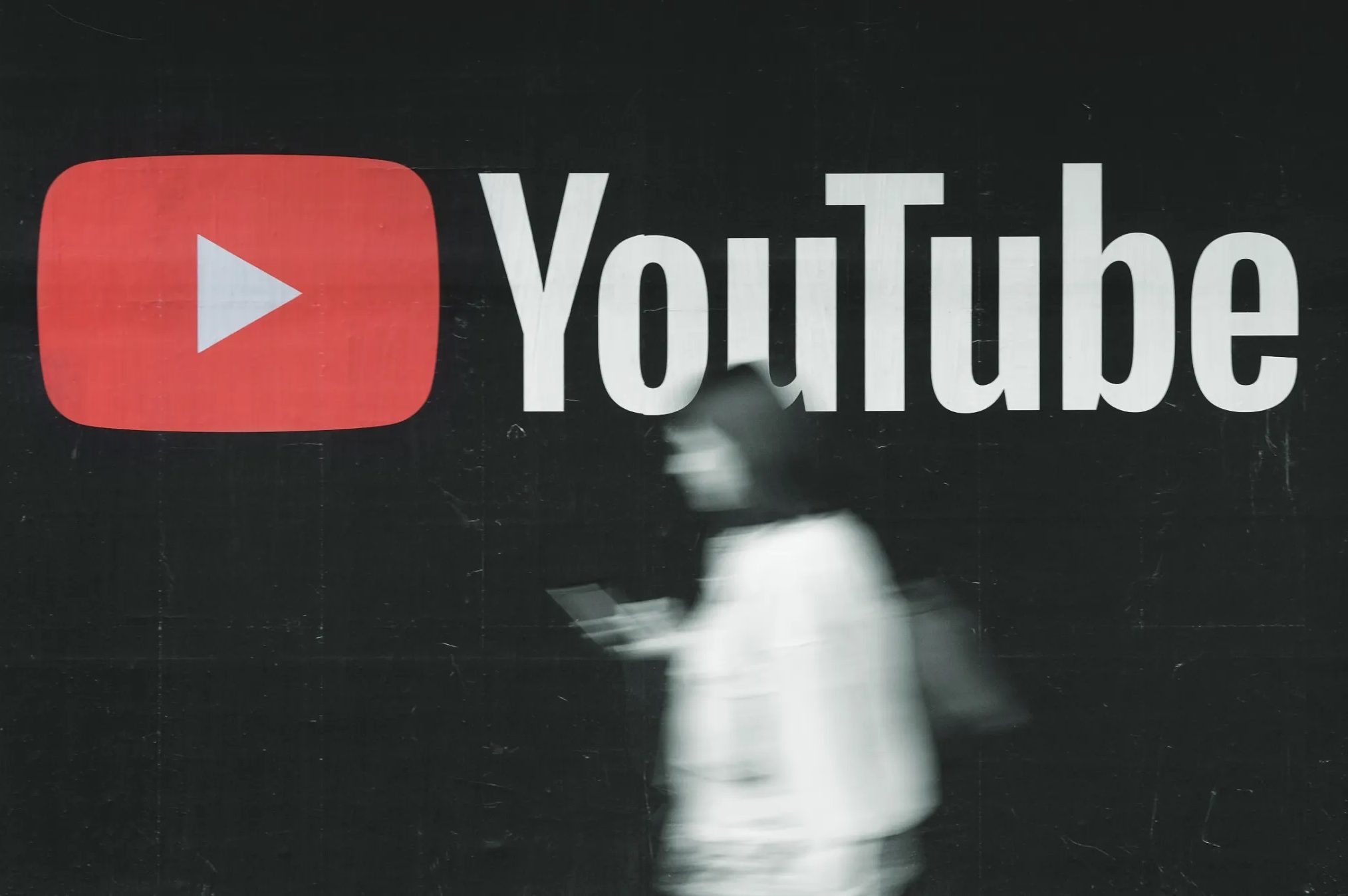
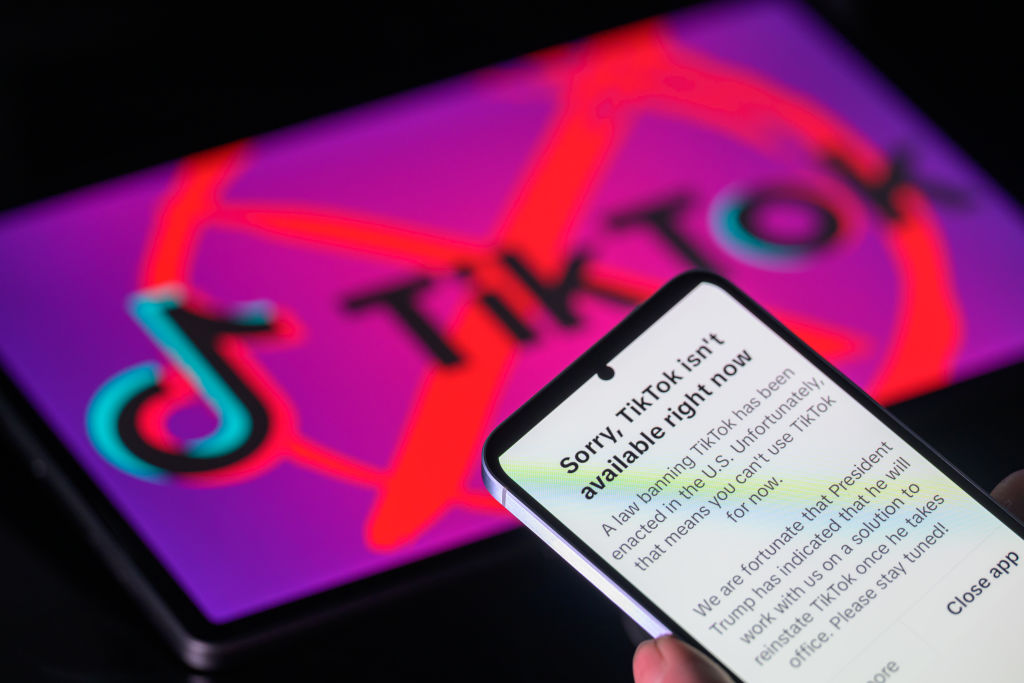







Leave a Reply